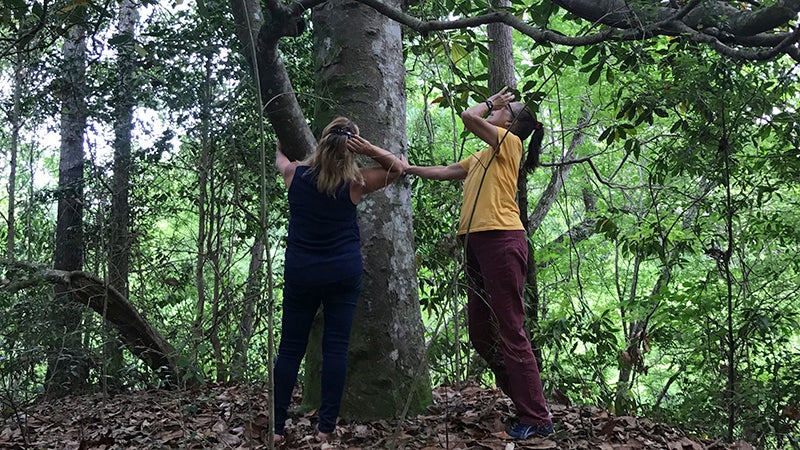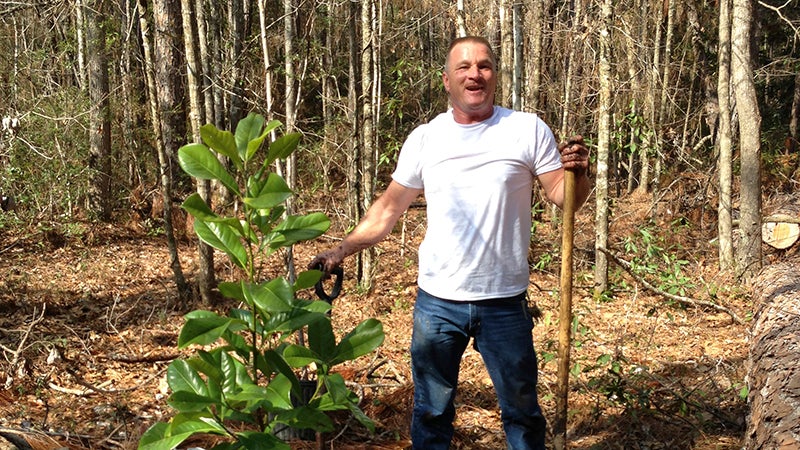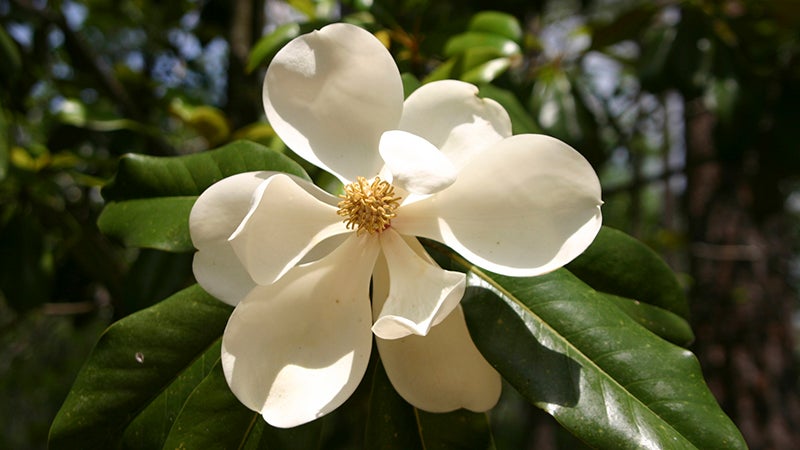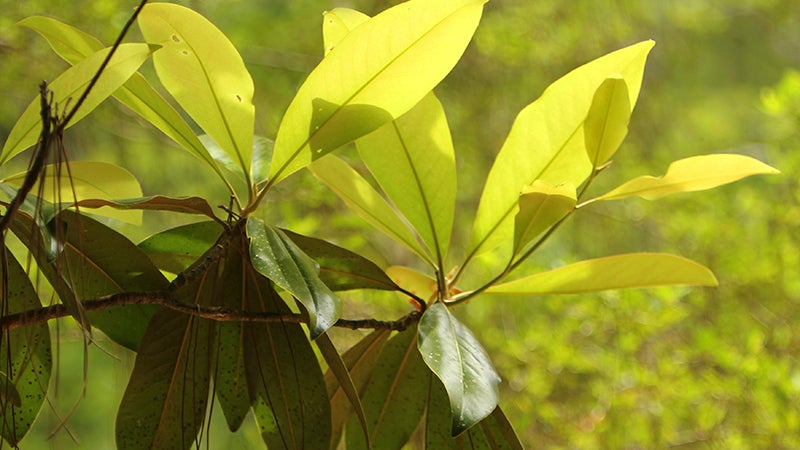Mississippi’s Southern magnolias take center stage in winter
Published 7:00 am Wednesday, December 2, 2020
By Pat Drackett
Crosby Arboretum Director
As the deciduous trees in the Crosby Arboretum exhibits continue to shed their leaves, evergreen trees and shrubs in the woodland exhibit are beginning to command more attention. Take note if you believe your own landscape lacks “structure” or if the view of your neighbors’ yard has been becoming a little too obvious lately. There are many native evergreen species that will make excellent, low maintenance choices for the winter landscape.
The late fall and winter months offer you the perfect time for planting, although you might not be thinking of starting new projects during that time. Installing new trees and shrubs into the landscape during the “dormant” period will allow them a long period of time during which roots can become established and the new plants can stabilize before warm weather returns.
Many native evergreen species can be found at the Arboretum. One well-known tree in particular, the stately Southern magnolia (Magnolia grandiflora), has become much more obvious in our landscape. On the south side of the Piney Woods Pond, the Pond Journey leads through a grove of tall magnolias that were planted several decades ago. The area offers excellent examples of the many delightful characteristics of this tree.
While Southern magnolias can grow as tall as 90 feet and will do fine in full sun, it is an “understory” tree species, meaning it will also tolerate shade quite well. Young trees will grow and develop in the shelter of the often dense canopies of other trees.
In the forest, a native magnolia will often keep its limbs all the way to the ground, which makes it easy to climb or to shelter small children inside a real “tree house.” Having once been a child that enjoyed the stair-like nature of magnolia limbs, it seems sad to find magnolia trees that are grown as specimens in lawns that have had their lower limbs removed. Trunks that are gnarled and bumpy with limb scars are not attractive in my book. In addition, its leaves will collect beneath the tree, where few landscape plants will grow well as they compete with the roots for nutrients, which many people seem to find unattractive.
One might argue that pruning is necessary so you may pass your lawn mower underneath a magnolia, but I will counter that a majestic specimen with its limbs to the ground (or turf) makes a much more visually pleasing sight than one with them pruned away. Keeping a magnolia’s lower limbs also allows for a place to hide the large, leathery leaves that are continually shed inside the tree’s “skirts,” as well as a convenient place to rake them into.
Children can usually quickly identify a Southern magnolia, and know that it is the state tree of Mississippi. I believe it would be hard to find someone who is not familiar with the beautiful flowers of this traditional southern tree. Its seed pods are magnets for both wildlife and to humans who are captivated by their unusual shape and bright red fruits. Magnolia seeds are an important food for many birds such as wild turkey.
The winter months offer a great time to teach children the difference between deciduous (trees that shed their leaves) and evergreen trees, such as pine trees, hollies or the Southern magnolia. Ask them if a particular tree is deciduous or evergreen and how they can tell. You can also teach them about the trees that have persistent or “marcescent” leaves, such as some oak trees. In the winter, this quality makes identification of oak species, as well as American beech trees, very easy. Even very young children can learn to identify trees, and will delight in passing this knowledge on to others.
If you have a large magnolia specimen that wouldn’t miss a limb or two, this tree makes an elegant holiday decoration for garlands, wreathes or to decorate the mantle or holiday table. I’ve seen some outstanding frames decorated with the fresh green leaves or sprayed with gold or silver leaves. Many named varieties of Southern magnolia are available in the nursery trade, including ‘Bracken’s Brown Beauty,’ ‘Teddy Bear’ or the petite ‘Little Gem.’
A Family Holiday Crafts Workshop is being planned for Saturday, December 12, from 10 to 11 a.m. Participants will work with natural materials to complete a craft project such as tree ornaments. As children must be accompanied by an adult, there will be no minimum age requirement. Details will be posted on our website calendar about this program at www.crosbyarboretum.msstate.edu. Please call 601-799-2311 to sign up for this program. Space is limited, and reservations are requested.
The Arboretum is located in Picayune, off I-59 Exit 4, at 370 Ridge Road (south of Walmart and adjacent to I-59).








